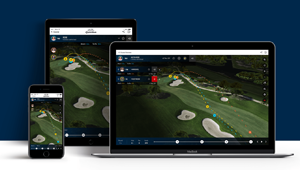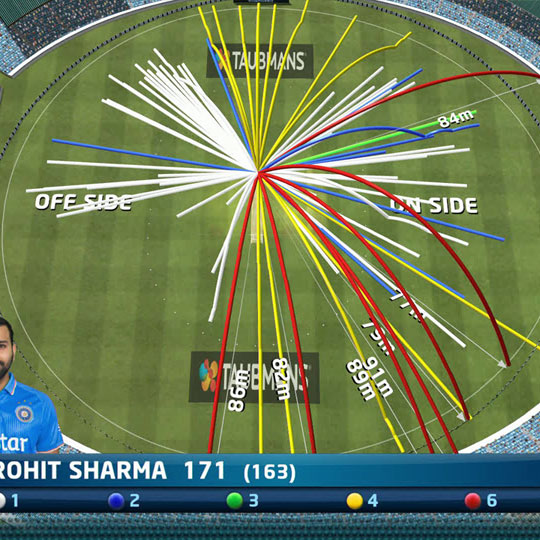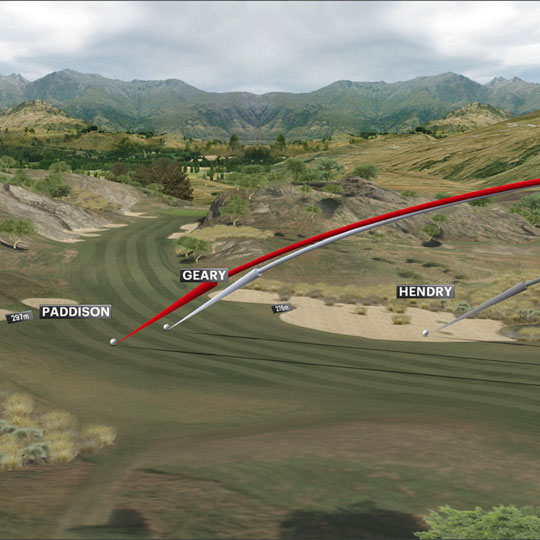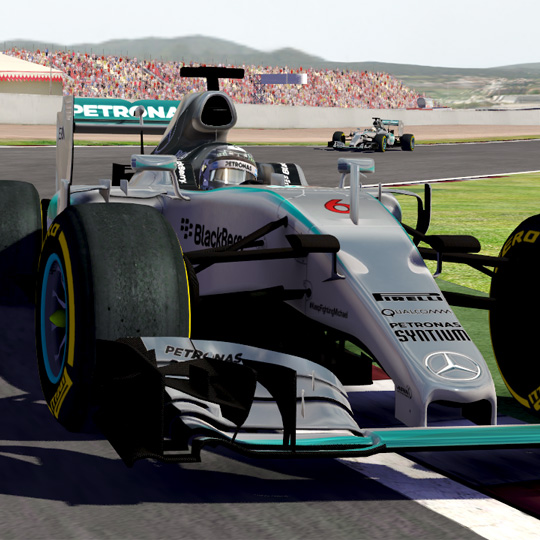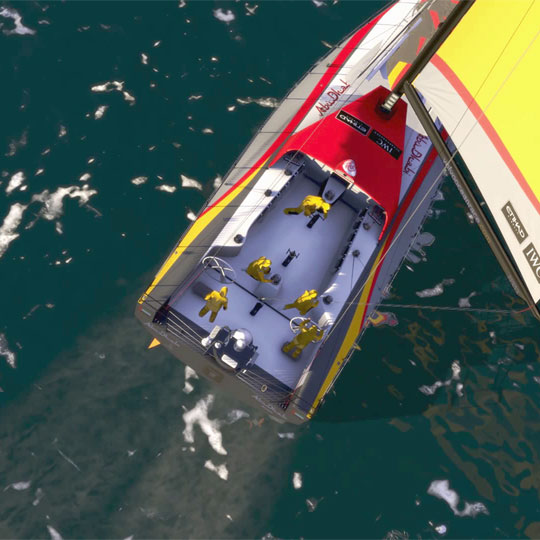Virtual Eye News
Virtual Eye - Response to Hawkins Open Letter
- Details
- Published: Tuesday, 14 December 2010 12:56
It is unfortunate that Paul Hawkins has chosen to make his observations on what he perceives to be the “inaccuracy” of Virtual Eye* in an Open Letter to the ICC rather than approaching them directly, at least in the first instance. He might also have chosen to contact Channel Nine because in both instances he would have discovered that we were already aware of the ball in question. “Over 82, Ball 1” was noted by our Operations Manager as: “operator error, result not affected, Decision Stands should have read Umpires Decision.”
The video clip below,“Over 82, Ball 1 - Regenerated” shows the corrected impact point and ball track
The video clip below, “Over 82, Ball 1 - Impact Point” shows our operations manager confirming that our cameras had actually captured the impact point of the ball and that, at 230 fps, there were 10 positions detected from the bounce point to the impact. The image is from one of four synchronised cameras all of which tracked the ball at 230 fps to provide the 3D co-ordinates of where the ball was right up to the point of impact.
The video clip below, “VE Tracking” is a short explanation of how our tracking systems locks into the broadcast cameras used in the DRS.
Whilst the error we made did not affect the end result and the technology worked exactly as it was meant to, we accept that this situation is not satisfactory. It is why the next level of technology that we will release, combining Hot Spot with Virtual Eye*, will largely remove the possibility for operator error. It is also worth noting that Channel Nine conducted a 2 month due diligence process on Virtual Eye* before making the decision to change providers for The Ashes. It was, one can imagine, a decision they did not take lightly.
Whilst I do not consider myself to be in any position to make comments on the technology behind Hawk Eye, having never seen it in operation for myself, I do believe that Channel Nine was in a perfect position to make the necessary comparisons, having used Hawk Eye for a number of years. They have seen, first hand, the new technology that we have brought to the tracking and are fully aware of the new technology still to be incorporated.
Many of Paulʼs comments simply highlight the fact that he has not actually seen the process we have developed. Of more concern is the fact that he does not appear to understand his own procedures particularly well either! He claims that, unlike Virtual Eye* where we have an operator determining the actual point of impact, his operation is entirely automated. I am not sure how it is that he reconciles that statement with this from the technical information on his web site:
"(we) manually fine tune the point on the trajectory where interception with the batsman was made. Automatically the system is only able to determine the interception point to the nearest frame of Hawk-Eye video running at 106 frames per second. This can be improved manually and is the only way to ensure that the interception point is accurate to 5mm."
This is the same level of manual input we perform, the difference being that we are dealing with more than twice as much information to make our adjustments, 230 frames per second compared to 106 frames per second. At that speed we are able to identify the impact point of every ball. In this instance, (Over 82, Ball 1,) we tracked 10 positions of the ball between the bounce and the impact point. In fact at the impact point we actually saw the pad indent! At 106 frames per second Hawk Eye would have picked up a maximum of 4 positions and would not have been guaranteed of capturing the actual impact point.
Paul also claims that there is a downside to tracking at such a high frame rate because as the scene gets darker it is more difficult for the cameras to track the ball. In this case he is entirely correct, which is why our frame rate is not fixed. Our system can be altered, on the fly, from 60 frames per second to 230 frames per second, depending on light or, equally importantly, the type of bowler. 230 frames per second is great for tracking fast bowlers but it can give us too much data for spinners - so we can now vary the frame rate accordingly.
Would we claim, as Paul does, that we will never make a mistake? No. That is placing far too much faith in technology. Like a human being, a computer can only make its decisions on the amount of information it is provided and there will be occasions, even at 230 frames per second, that it wonʼt be enough. It is why I have advocated from the outset of the DRS that the 3rd Umpire should always have the ability to over rule the technology if he thinks something doesnʼt feel right. The challenge, for any provider, is to make that a rare occurrence.
* - Virtual Eye was re-branded as Eagle Eye by Channel Nine during the Ashes broadcast coverage


